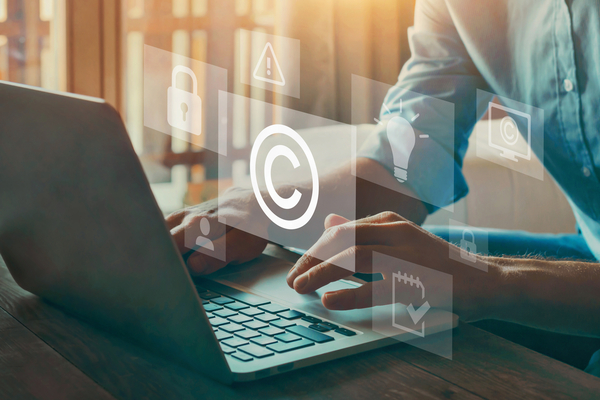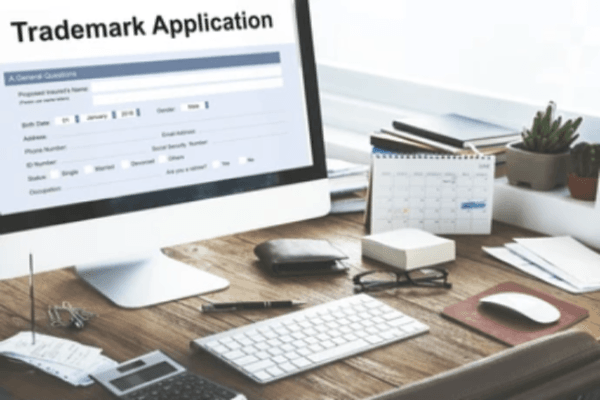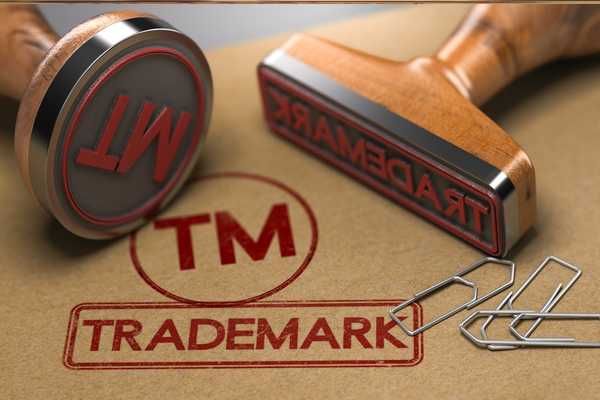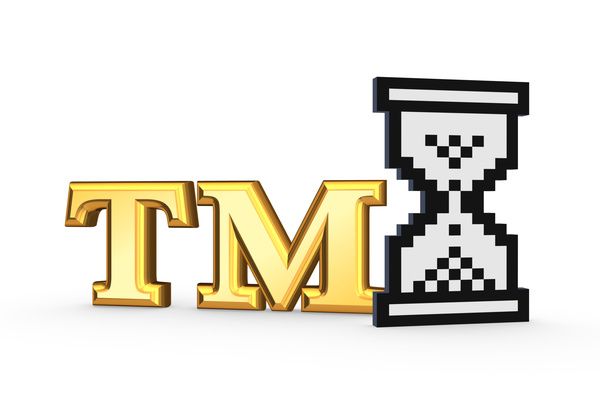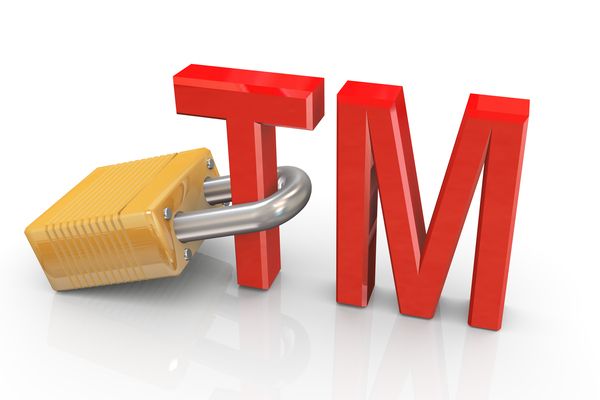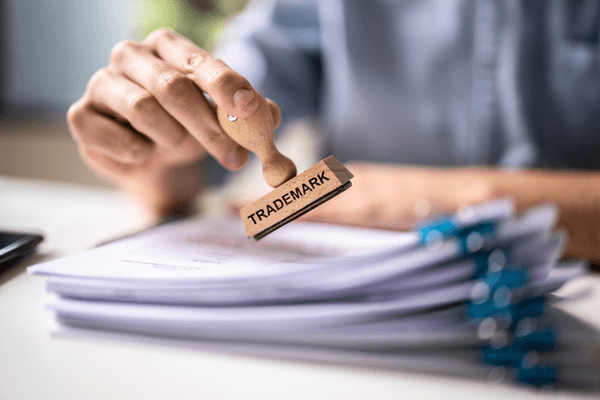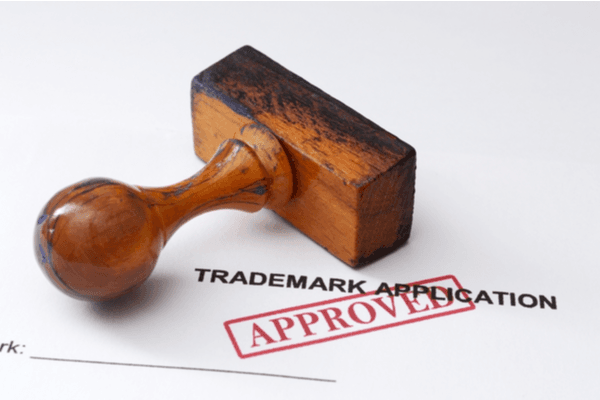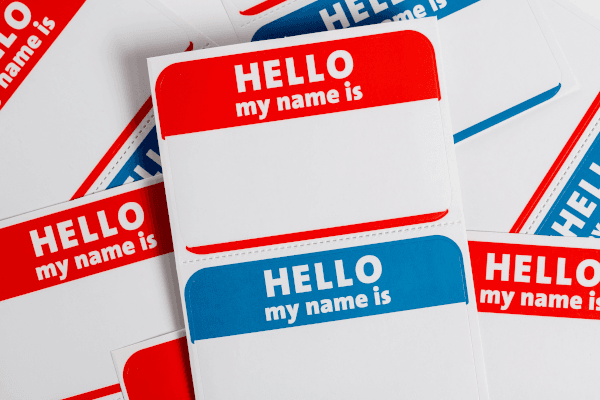
You might think that trademark registration is easy, and it can be if you know what you’re doing. But you also have to avoid all the possible trademark mistakes. The process isn’t automatic even if your application isn’t infringing on an existing trademark claim. In reality, trademark applications probably get rejected every day, and knowing what to do can save you time and money.
1. Not Doing a Thorough Trademark Search
When you register a trademark, your application needs to pass the scrutiny of the U.S. Patent and Trademark Office (USPTO). The primary requirement for every application is that your trademark isn’t confusingly similar to existing ones.
However, this is easier said than done. First, you need to check if any trademarks exist that bear a striking resemblance to yours. You’ll need to complete a lot of research in what’s called the clearance process.
You also have to face the possibility of your trademark being too similar to unregistered or pending marks. If these marks exist, it can cause various issues and even lead to the USPTO rejecting your application. It’s a frustrating situation, so it helps to practice due diligence and complete comprehensive searches.
You don’t want to waste time and money by trying to register a trademark that won’t qualify. Instead, the best course of action is to figure out where you stand before applying. You can identify any issues beforehand and address them accordingly, minimize potential financial losses, and significantly increase your chances of registering the desired mark.
The problem with trademark searches is that business owners, individuals, and artists often use the wrong tools. For example, you might use the Google Search Engine or other free online resources. As budget-friendly as these solutions are, they’re not optimal for the scope of registering a trademark.
Free tools and search methods typically only yield exact matches. But your application can still be rejected if it’s similar to another mark, and these similarities are insanely challenging to uncover using non-optimized services.
2. Not Using a Specialized Trademark Lawyer
We all know that attorneys can be expensive. However, isn’t it better to pay attorney fees if it guarantees you won’t be liable to pay more in statutory damages from infringement claims?
It’s great to have a do-it-yourself attitude. It can make you feel like you’re growing and can be exciting and rewarding. But it can also lead to your downfall regarding legal matters.
No one says you can’t create your own service, product, team, or brand. But navigating the legal field is no joke for trademark registration. You’ll have to face several legal decisions that you can’t take lightly, and, in most cases, you’ll lack the knowledge to make the best decision for your specific situation.
You might think this only applies to filing the legal documentation and paperwork, but it doesn’t. Remember those thorough trademark searches? Trademark attorneys have specialized software that can return valid results based on similarities between marks. They also know how to create a trademark to benefit from the broadest form of protection, as not all trademarks are equally protected.
Multiple studies have shown that trademark attorneys have higher approval rates than everyday artists and business owners. If you’re ready to register a trademark, remember that failing to work with the right lawyer is among the top trademark mistakes to avoid.
3. Not Maintaining the Trademark
Registered copyright can remain valid for up to 70 years, and patents usually last for 20 years. But did you know that trademarks can last forever?
In theory, a trademark might never expire, but it depends on how well you take care of it. You’ll have a five-year deadline to renew your trademark after your first registration through a trademark maintenance filing. You then have a nine-year renewal deadline that you can file for at any time after entering your ninth year. Any subsequent renewals are every ten years.
It might seem like knowing the schedule should be enough. But, the USPTO didn’t send renewal reminders and notifications until 2020. The agency isn’t obligated to notify people of their upcoming renewal deadlines, and not getting a reminder isn’t an acceptable excuse for missing a due date. That’s why it’s vital to keep track of deadlines and maintain your mark.
4. Not Registering With the USPTO
Many business owners and individuals know that registration with the USPTO isn’t mandatory. Especially in the U.S., businesses can enjoy operating in a first-to-use environment.
A first-to-use environment means that using a trademark commercially will grant you some basic legal rights. These rights could be enough to protect you on a regional level in most cases and might be sufficient for a small business in a small geographic area. However, settling for this can also prevent your brand from expanding to the national or international level.
Your protection will suddenly become close to nothing if you choose to expand. Other businesses might have already registered the same trademark by the time you get out there. You also won’t have any legal footing for a potential lawsuit since your trademark isn’t registered.
Depending on your brand goals, it may be wise to register your trademark. You can ensure you move forward with the best protection you can get.
5. Not Filling the Correct Class
Not many business owners realize that trademarks come in different classes. The way you describe the product or service you want to trademark will determine the broadness of your protection.
Imagine you want to sell shirts. If you apply for a single type of collared shirt, you might not be able to claim infringement against any shirts without collars sold by other businesses, even if they use the same trademark.
You have to analyze your scope, consider expansion opportunities, and have a clear vision of your offering when choosing classes. However, it can be tricky because you can’t pile multiple classes on the same application. It’s another reason to pick the right trademark attorney or service provider when preparing your application.
6. Not Enforcing Your Rights
A successfully registered trademark doesn’t do anything on its own. It’s merely a tool that grants you certain rights and protection.
The USPTO is only in charge of approving, rejecting, and registering trademark applications. It won’t go after someone who might be infringing on your trademark or notify you that someone is using a similar one. This responsibility falls solely on the trademark owner or their legal team.
This can cause severe short-term and long-term problems. First, someone using your trademark to sell goods and services will essentially steal prospective customers from your business. That’s money left on the table.
Secondly, someone using your trademark without consent could damage your brand’s reputation. Customers can get confused, feedback can vary wildly, and your mark might start losing its strength.
Monitoring your trademark’s use in the market is an absolute must if you want to run a successful business and maintain an untarnished brand. No one is obligated to alert you if someone is actively infringing on your mark. You’re responsible for quickly identifying infringement cases and sending cease and desist letters to protect your brand.
This type of legal action is another reason why working with trademark attorneys and other specialized service providers is a great idea. They offer long-term services to help you keep track of possible claims you can make.
7. Not Using the Right Wording
Every trademark can fall somewhere on the spectrum of distinctiveness. This rough guide indicates the level of protection your trademark can get.
According to the USPTO, your trademark can be one of the following, in order of lowest to highest levels of protection.
Generic – virtually unprotectable
Descriptive – not strong
Suggestive – fairly strong
Arbitrary – strong
Fanciful – the best protection you can get
asdf
These categories all have to do with wording. They essentially indicate how suggestive or distinctive the description of a product or service is. For example, a generic term might be a word that’s too common when describing the features or characteristics of your product, like Super Glue.
On the other end of the spectrum, you might find something like Xerox®. While it’s popular these days, the company coined the word for its copy machines.
Of course, something like Apple also works, despite being a common word. Why? Because the word’s dictionary definition and meaning have nothing to do with the company’s electronic devices.
If you’re not targeting the higher echelon of protection on the spectrum of distinctiveness, you could be registering a trademark that won’t help you win infringement claims. Even worse, you might open yourself up to litigation from third parties that did a better job with their registration application.
Choose Trademark Registration Services You Can Trust
It’s admirable to DIY projects in certain situations, but navigating the legal field of trademark registration isn’t easy for any industry or goal. It’s something that too many businesses and self-employed individuals often take lightly.
The prevalent mistakes mentioned above are responsible for low acceptance rates and lost money in fees and statutory damages. But you don’t have to make the same mistakes to learn them.
If you want to stay on top of your game and operate your business with peace of mind, consider enlisting trademark registration services. Trademark Engine can offer you step-by-step assistance and increase your approval chances by avoiding these industry-leading mistakes. By researching, identifying potential conflicts, and filing the necessary documents with the USPTO, their service can help you draft the best application for your particular needs.
Trademark Engine is not a law firm and none of the information on this website constitutes or is intended to convey legal advice. General information about the law is not the same as advice about the application of the law in a particular factual or legal situation. Individual facts and circumstances as well as legal principles including but not limited to the ones referenced on this website can affect the outcome of any given situation.
Trademark Engine cannot and does not guarantee that an application will be approved by the USPTO, that a mark will be protected from infringement under common US trademark law, or that any ensuing litigation or dispute will lead to a favorable outcome. If you want or have an interest in obtaining legal advice with respect to a specific situation or set of circumstances, you should consult with the lawyer of your choice.
Trademarket Blog
Everything you need to know about starting your business.
Each and every one of our customers is assigned a personal Business Specialist. You have their direct phone number and email. Have questions? Just call your personal Business Specialist. No need to wait in a pool of phone calls.

